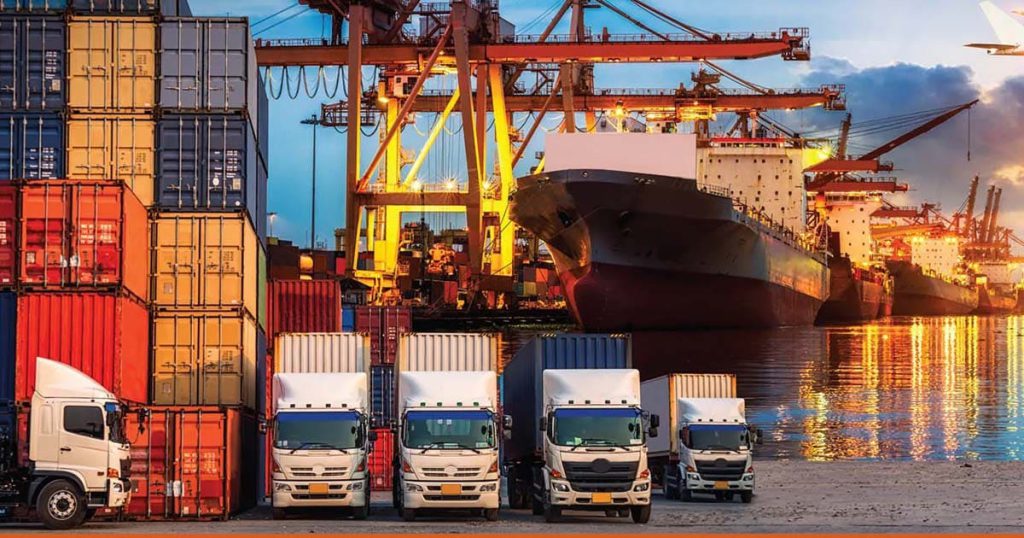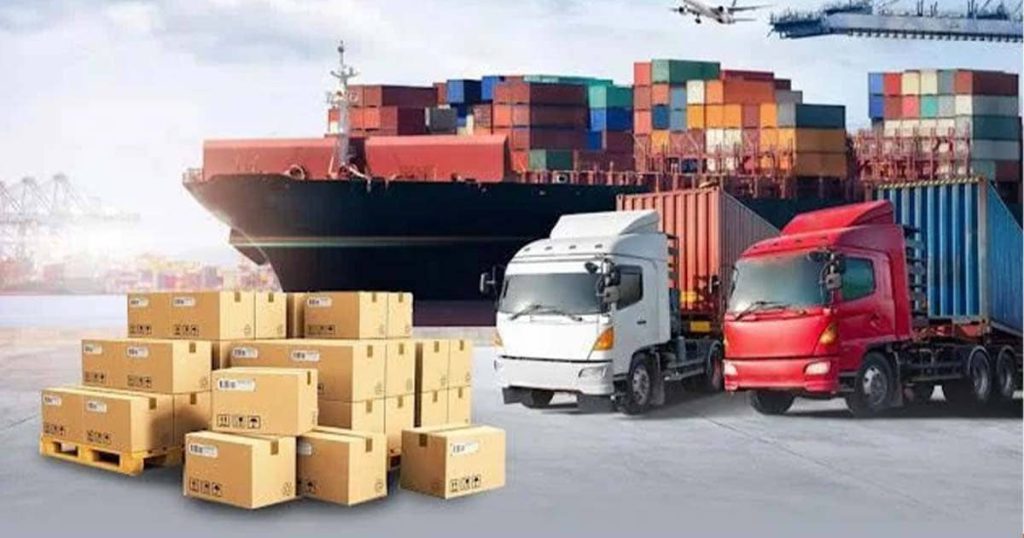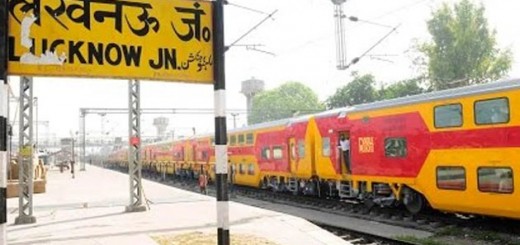What are the Optimal Transport Solutions for Moving Goods?
Choosing the right transportation mode is essential for reliable logistics and supply chain operations. This article examines the major options for moving goods, with a focus on dependability, speed, and cost-efficiency with Optimal Transport. It looks at critical modes including air freight, ocean shipping, trucking, and rail, analyzing each one’s ability to provide safe, on-time, affordable delivery. Key factors like transit time variability, vulnerability to delays, and operating expenses are assessed to determine the reliability of each mode.
By thoroughly evaluating these aspects, companies can select the optimal modal mix to maximize logistics performance. Assessing the pros and cons of each transport type allows businesses to make smart decisions that enhance the overall effectiveness and resilience of their supply chains. Selecting modes based on shipment characteristics and integrating multiple options helps build a flexible, responsive logistics platform.
5 Optimal Transport for Moving Goods
Trucks
Trucks are the most common and Optimal Transport means of regional delivery. Trucks provide logistics flexibility by delivering goods from manufacturing to the final point. Companies can convey tiny items or huge bulk goods by road using trucks of various sorts and sizes. Trucks are great for short hauls between warehouses, fulfillment centers, retail locations, and nearby destinations since they are readily available and responsive.

Trucking’s dependability stems from its capacity to deploy on demand and reroute based on real-time needs. Additional truck deployments can help to manage sudden volume surges or delays. To accommodate fluctuating demand, businesses may run their transportation fleets or hire third-party logistics services. Despite infrequent malfunctions, goods may be rapidly transferred to other vehicles. With wide road networks connecting endless locations, trucks are ready to mobilize anywhere and whenever commodities need to be transported. Trucking’s ubiquity, adaptability, and agility make it the cornerstone of most reliable logistics systems. Trucks continue to be the backbone of regional distribution, carrying supply chains of all sizes.
Trains
Moving freight by rail is common for bulky or heavy cargo traveling longer distances. Trains are considered a reliable option because they follow fixed schedules and are not impacted by weather. A train can carry a huge amount of goods in one go. Train tracks go almost everywhere important. The schedules are consistent and predictable. Modern logistics trains are also faster and more efficient. Disruptions can occur due to equipment failure, track damage, or congestion. But backups are less frequent on train tracks versus crowded highways. When used for long hauls, the efficiency and stability of rail transport are very reliable.
Ships

Transporting goods overseas is handled by maritime shipping. Container ships are the backbone of global trade networks. Ocean transport is extremely reliable thanks to ships’ enormous capacity and regular schedules. A massive amount of world trade rides on container ships crossing seas on fixed routes and strict timetables. The volume and predictability provide economies of scale. Ship crews and technology systems provide continuity.
Adverse weather can temporarily affect schedules but is managed through planning. While very reliable, the downside is slow transit times. But for transoceanic logistics, maritime shipping remains one of the most dependable modes.
Planes
Air freight is the fastest, most reliable option for transporting high-priority or time-sensitive cargo over long distances. Commercial cargo planes offer scheduled services for shippers needing guaranteed delivery times. Urgent shipments are available on demand too. Airplanes are less impacted by external conditions like weather or traffic than trucks. Flying is expensive but ideal for smaller, valuable cargo. Reliability comes from speed and minimal disruptive risks once airborne. Air freight companies provide reliable door-to-door logistics including ground transport to airports. For critical overseas shipments, air transport is the most dependable choice.
Integrating Transport Modes
The above modes each serve different logistics purposes. Combining them creates an even more reliable, door-to-door system. Goods may travel to a warehouse by truck, transfer to train for cross-country transit, and then truck or air freight to the final destination. Intermodal transport leverages the strengths of each mode. It gives shippers more flexibility and reduces the chance of a disruption in one component. Supply chains using multiple integrated modes of transport are highly reliable thanks to this redundancy.
Conclusion
In summary, trucks offer responsive, seamless Optimal Transport for regional delivery. Trains provide scheduled efficiency for long hauls. Ocean shipping reliably handles high-volume global trade. Airplanes are best for time-sensitive loads. They were integrating these modes of compound reliability through contingency planning and diversification. As logistics chains get more complex, shippers favor flexibility and options. Using the optimal modes for each trip segment results in overall transport reliability.




Recent Comments